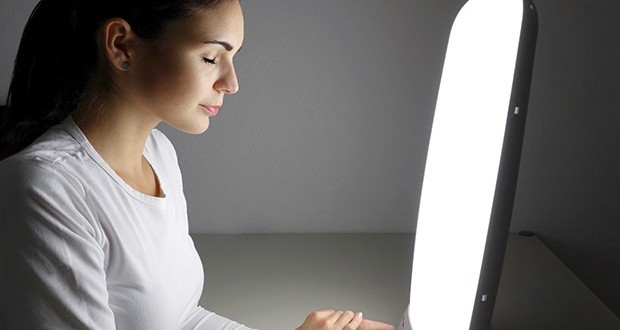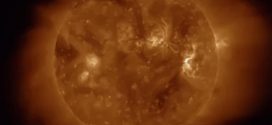New research finds that light therapy can treat non-seasonal depression and improve the overall wellbeing of people suffering from the disease.
“These results are very exciting because light therapy is inexpensive, easy to access and use, and comes with few side effects,” said Dr. Raymond Lam, a UBC professor and psychiatrist at the Djavad Mowafaghian Centre for Brain Health, a partnership between UBC and Vancouver Coastal Health. “Patients can easily use light therapy along with other treatments such as antidepressants and psychotherapy.”
The research, published today in JAMA Psychiatry, is the first placebo-controlled trial that shows that light therapy is an effective treatment for depression that is not brought on by seasonal affective disorder.
Lam and his colleagues followed 122 patients and evaluated whether light therapy improved the mood of patients when it was used both with and without the commonly prescribed antidepressant fluoxetine. Light therapy involved 30 minutes of exposure to a fluorescent light box soon after waking up every day for eight weeks. Some study participants were given placebo pills and placebo devices instead of the real therapies. The researchers found that light therapy helped many patients and provided the most benefit to those who were also taking antidepressants.
Depression affects one in 20 people and is among the leading causes of disability worldwide. Depression can cause significant problems in family and personal relationships, work attendance and productivity, and overall quality of life. It is also associated with an increased risk of death.
According to the researchers, medications are effective for treating depression but only work in about 60 per cent of cases.
“More and more people are seeking help because there is less stigma about having depression,” said Lam. “It’s important to find new treatments because our current therapies don’t work for everyone. Our findings should help to improve the lives of people with depression.”
Agencies/Canadajournal/Press Releases
 Canada Journal – News of the World Articles and videos to bring you the biggest Canadian news stories from across the country every day
Canada Journal – News of the World Articles and videos to bring you the biggest Canadian news stories from across the country every day



